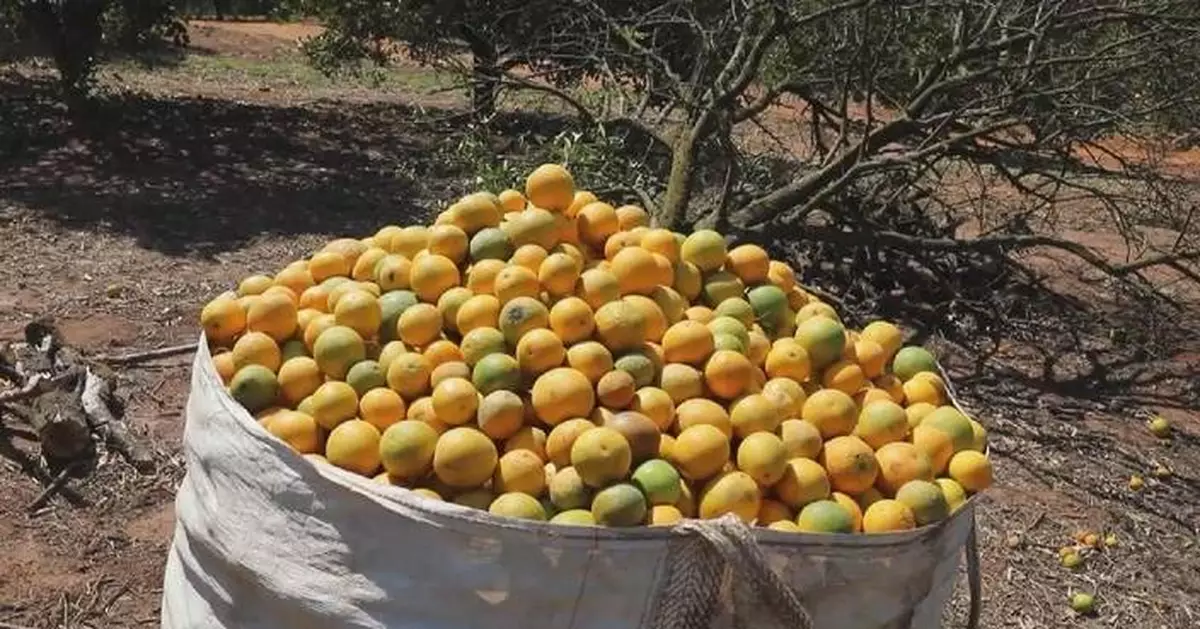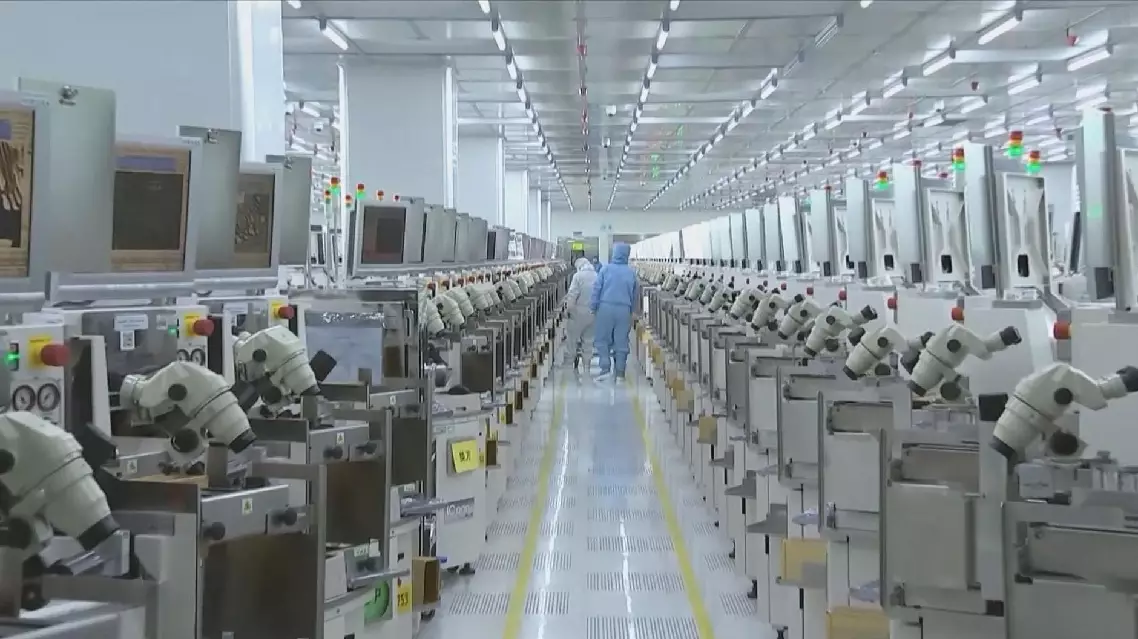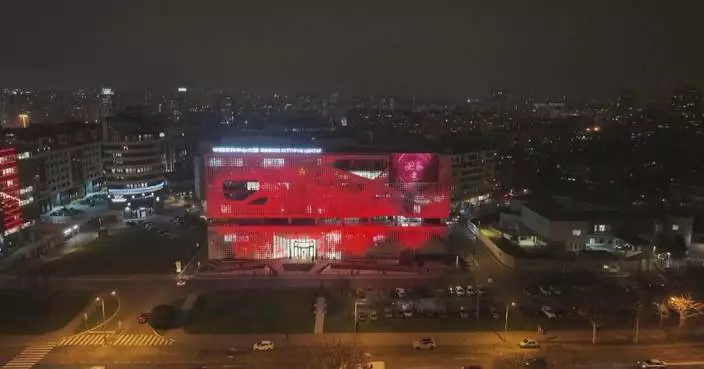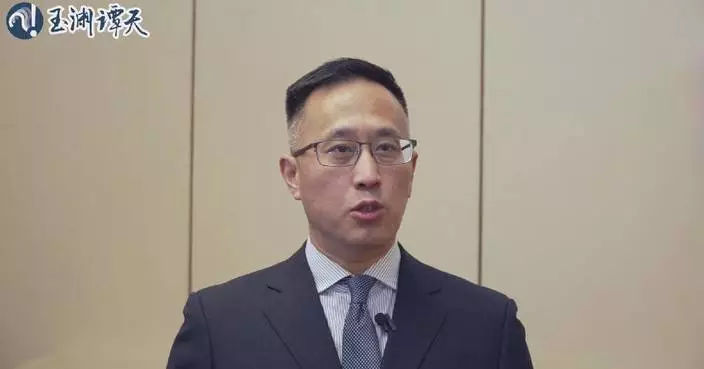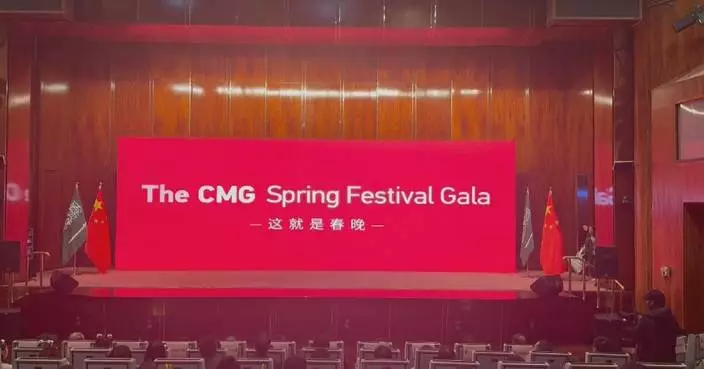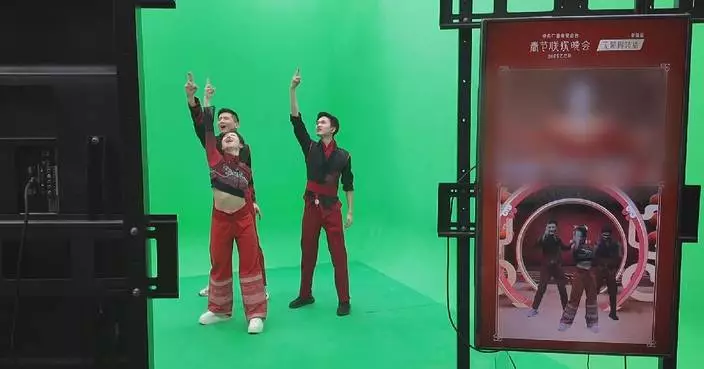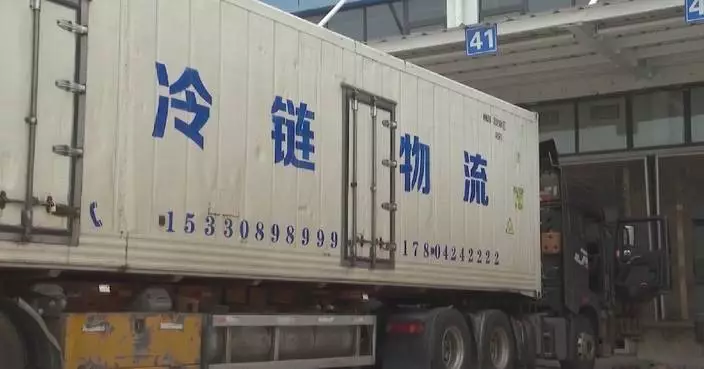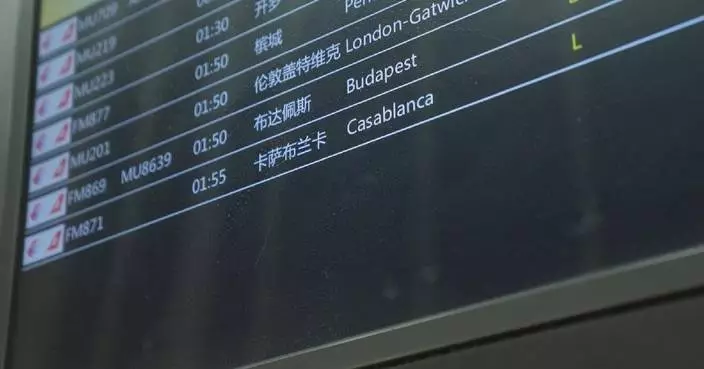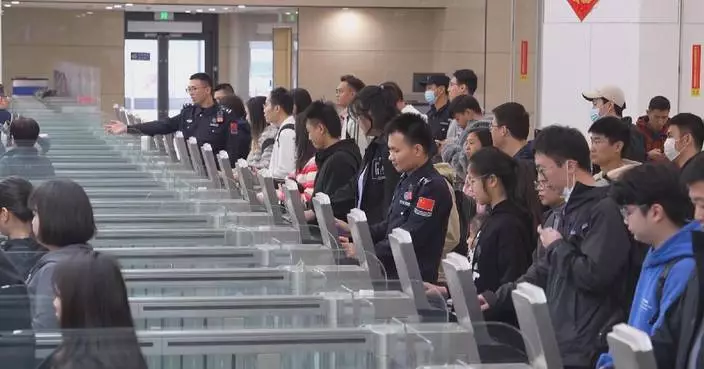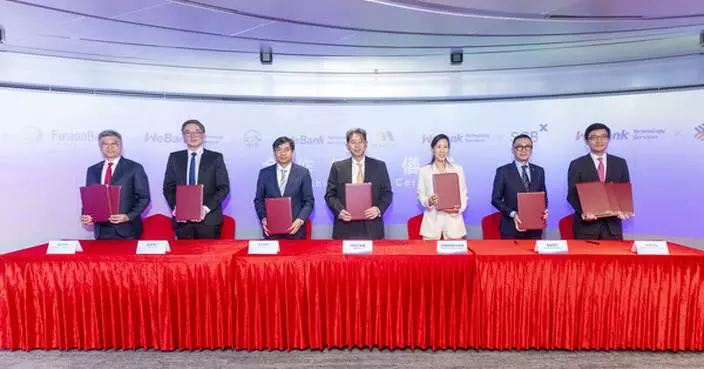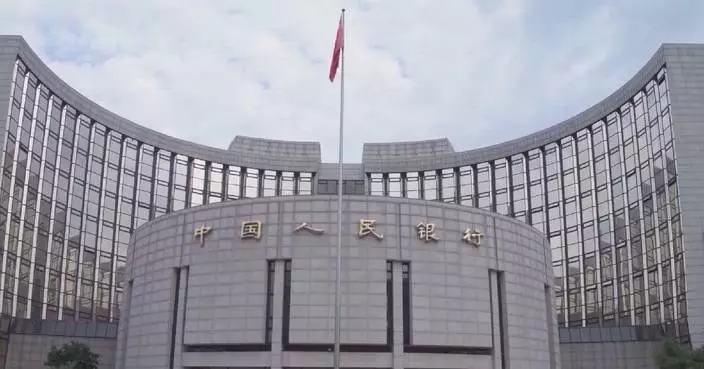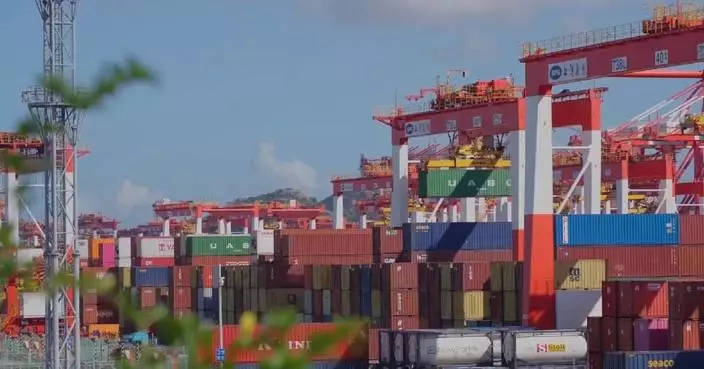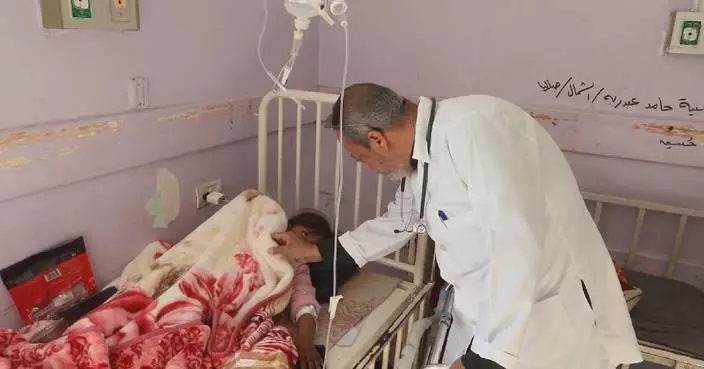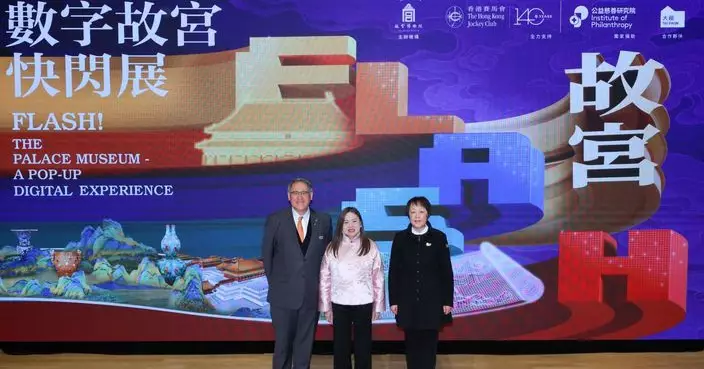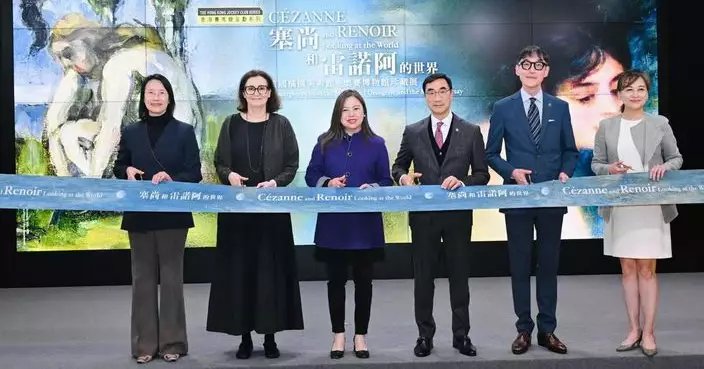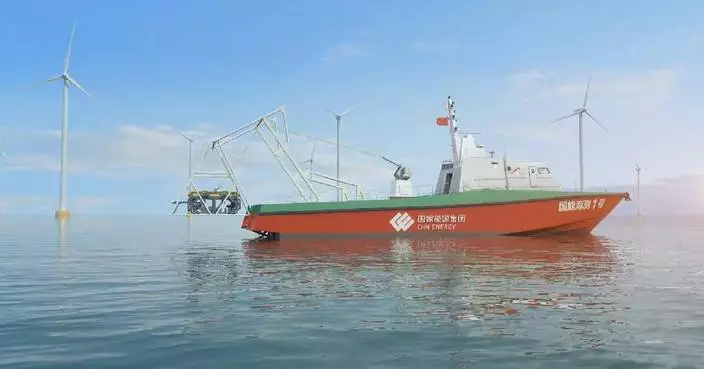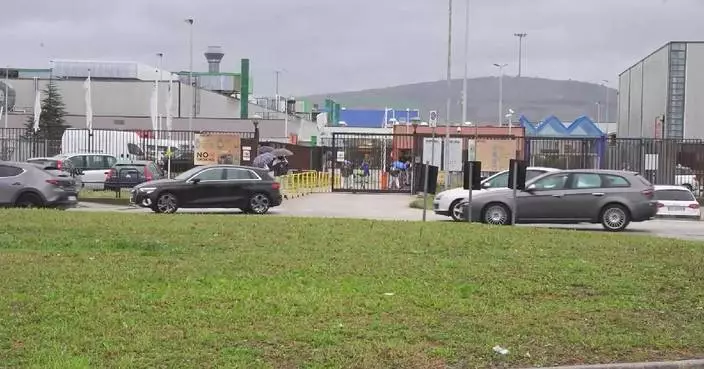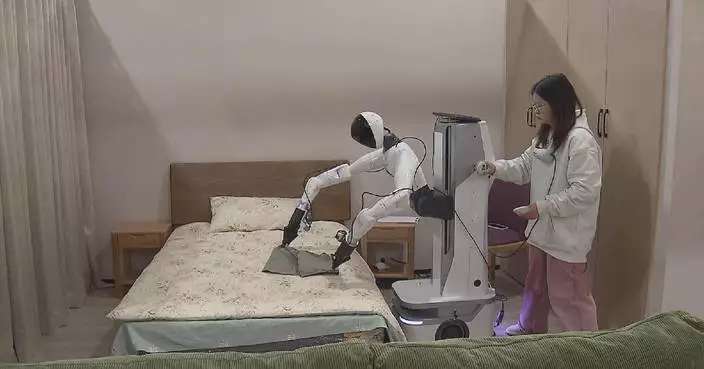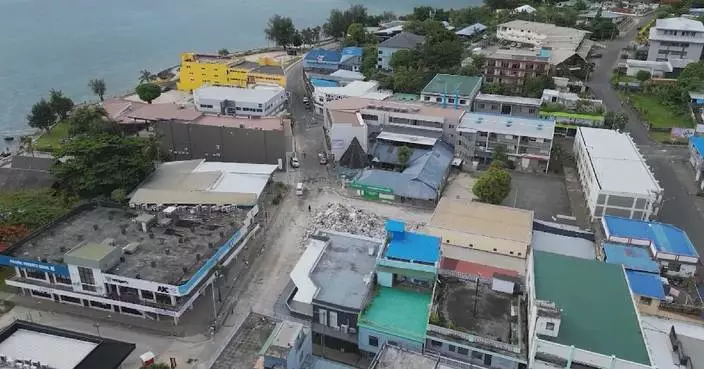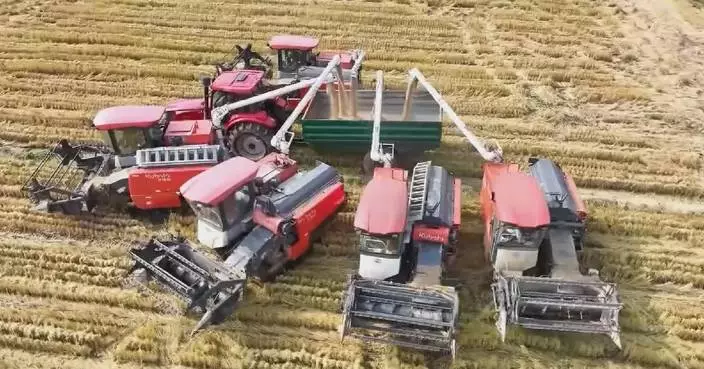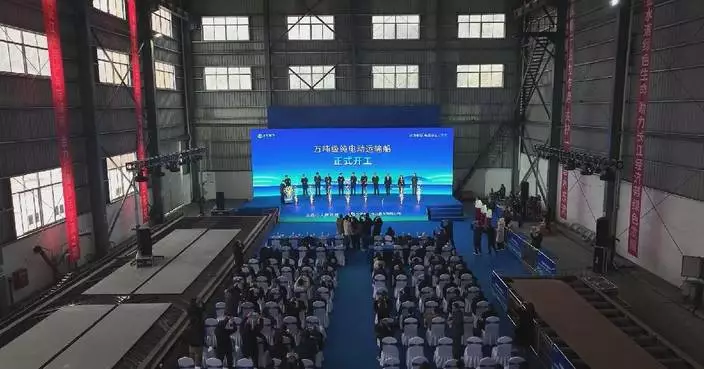Brazilian orange production in key areas is expected to reduce by 24 percent this year due to severe heat waves and disease, leading to significant price increases on the global orange juice market.
Brazilian citrus industry predicts that in the 2024-2025 harvest season, orange production will fall to 232 million boxes (each box weighs approximately 40 kilograms), the lowest in 36 years.
"The average yield per hectare used to be 800 boxes of oranges. However, with citrus greening disease and other issues, we now produce only 560 boxes, meaning a 30 percent loss. This reduction is substantial given the total farming area," said Victor Krauss, who manages an 800-hectare citrus plantation in Casa Branca, Sao Paulo.
The yield drop has caused domestic orange prices to surge: the price of one box oranges has risen from 45 reais (about 8 U.S. dollars) last year to 80 reais (about 14 U.S. dollars) this year, a 78 percent increase.
As the world's largest exporter of orange juice, Brazil supplies over 70 percent of the global market. However, the sharp decline in orange production has led to a rapid increase in orange juice prices worldwide.
Industry data reveal that international orange juice futures prices have risen by about 54.7 percent this year. Despite a 9.3 percent decrease in the total volume of orange juice exports in the 2023-2024 harvest season, revenue increased by 21.3 percent to about 2.5 billion U.S. dollars.
Analysts argue that while rising prices may benefit orange farmers, the shortage and ensuing price hikes pose challenges to the juice processing industry.
"We've learned that many companies are forced to prioritize certain clients due to product shortages. In some places, consumers are unable to purchase orange juice and may turn to other beverages," said Fernando Gomes, researcher at the Center for Advanced Studies on Applied Economics (CEPEA).
To meet international demand, some non-traditional citrus-growing states in Brazil are beginning large-scale orange tree planting. However, it will take at least three years before these newly planted trees start bearing fruit.
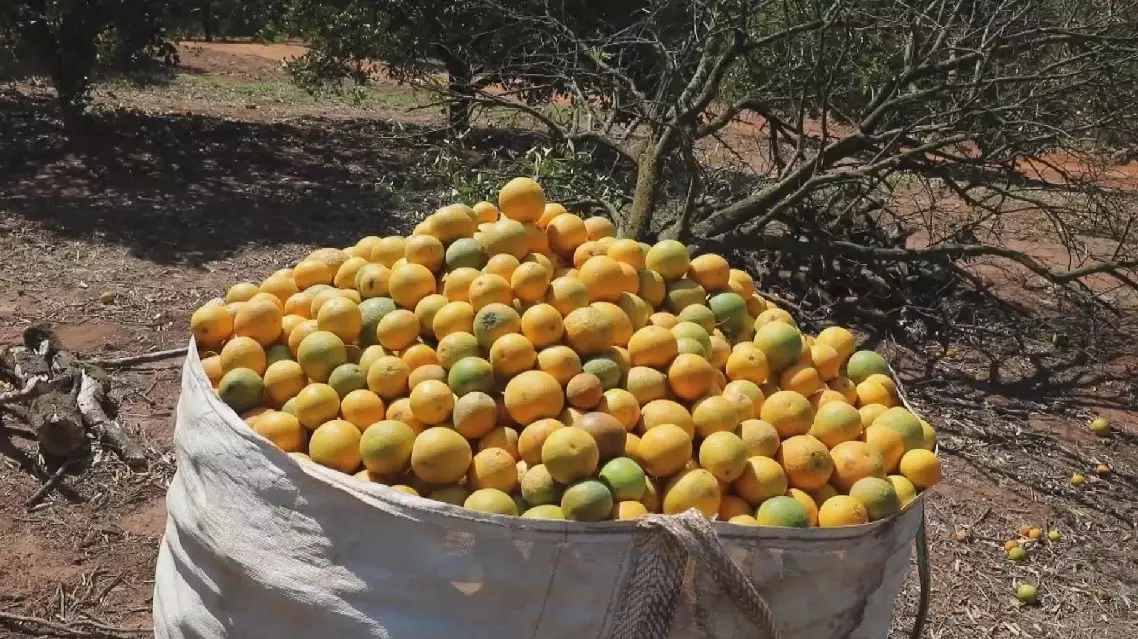
Sharp decline orange production drives up juice price in Brazil


